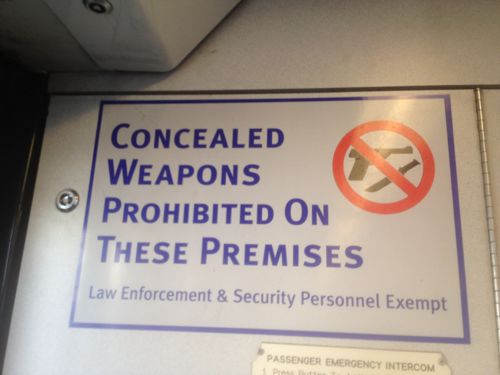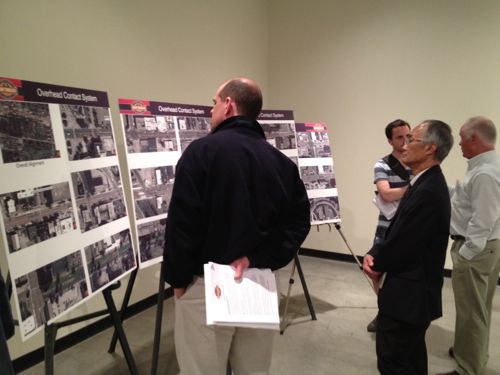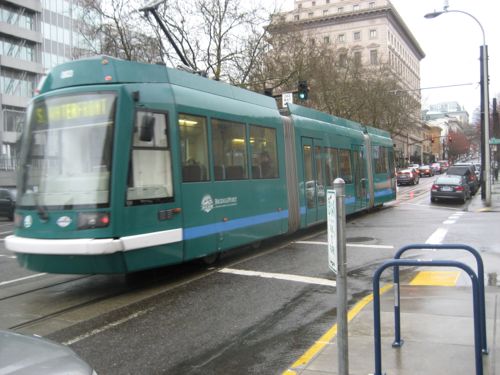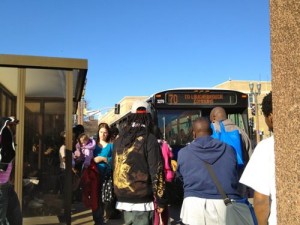I’m Car-Free…Again!

On July 5th 2007 I was so excited that I was car-free (First Time in 25 Years, I Don’t Own A Car!), having only a 49cc Honda Metropolitan scooter and a bicycle. A year later I bought a car again — I could no longer ride the scooter & bike due to a stroke (I Drove My Car Today). I had to have a car in St. Louis, right?
I felt guilty though:
So now my trick will be to see how seldom I can drive the car. I feel like a failed environmentalist selling the scooter and getting a car. As I start to buy gas I know I will quickly be reminded of just how efficient the scooter was.
The scooter was very efficient (90+ mpg) and I did a good job of not driving my car often (5k/year). In July 2010 I bought a monthly transit pass and began to use and learn our public transit system. After nearly two years as a regular rider I knew I was ready to ditch the car. Why you ask? To improve my standard of living!
You’re probably confused how NOT having a car will improve my standard of living, most view car ownership as increasing one’s standard of living. As a low-income person the cost of insurance, maintenance, taxes, and fuel were too much even though my car was paid for. In addition to the expenses the car’s value was dropping. The car was a burden rather than the key to freedom.
I’ll save money by not having to pay for auto insurance every six months as well as annual personal properly taxes. Based on my annual driving and MPG I’ll save about $750 a year in gas. I’ll also be able to rent my parking space to a neighbor. I’ll be able to increase my available cash by 15%!
After the couple test drove my car they made an offer and I accepted, then it hit me — this will very likely be the last time I own a car. Ever. I’ve been driving for 29 years and all but one year I’ve owned a car, sometimes 2-3. Before when I went car-free I had the scooter and thought that yes I might have a car again but with my income and my inability to work in a paying job the only way I’d ever have a car again is if I won the lottery.
In addition to taking MetroBus I’ll be getting rides from friends and taking cabs. I’ve downloaded the Taxi Magic app to my phone and set up account with debit card. Two St. Louis taxi firms, St. Louis County & Yellow Cab and Laclede Cab Co. use this service. This will allow me to schedule and pay for a cab from my phone without having to call someone. It stores my home address and I can easily type in the other address. Even if I spend $20/month average on cab fare I’ll still be way ahead of where I’ve been.
I’ve also, reluctantly, gotten a credit card so I can rent a car on occasion, mostly when traveling. I can’t use car sharing services like WeCar because I require a spinner knob to steer the wheel and a crossover bar to operate turn signals with only my right hand.
I understand that my situation is rather unique, I don’t have to drive 15 miles to a job five days per week. It will be a challenge to not have the convenience of a car but I’m looking forward to facing and overcoming them.
– Steve Patterson



